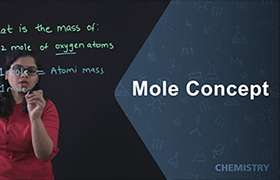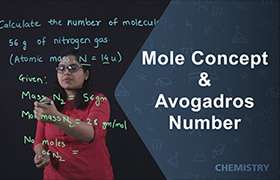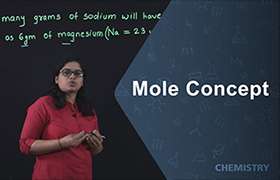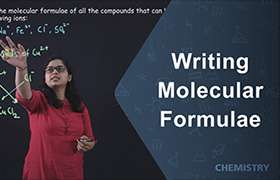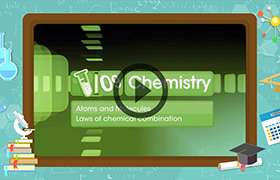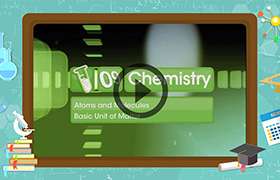CBSE Class 9 Answered
Relative atomic mass = [(Relative abundance of naturally occurring isotope 1)/100 x mass of isotope 1] + [(Relative abundance of naturally occurring isotope 2)/100 x mass of isotope 2]
For example: Chlorine exists as two isotopes: chlorine-35 and chlorine-37. When we calculate the relative atomic mass of an element we take into account the relative abundances of each isotope present.
In a naturally occurring sample of chlorine, we find that 75 per cent is chlorine-35 atoms and the other 25 per cent is chlorine-37 atoms.
So, Relative atomic mass of chlorine = [35 X 75/100] + [37 X 25/100]
= 26.25 + 9.25
= 35.5

